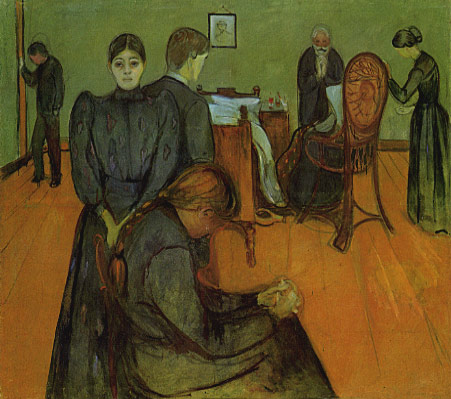Non-Pain Symptoms
Introduction:
The assessment, diagnosis, and measurement of symptoms is essential to the care of any child with a life-limiting illness. Symptoms may predominate at diagnosis, throughout the course of illness or during the end of life process.
A detailed clinical history, including different aspects of a symptom, is crucial information leading to the best strategies for symptom relief. Aspects which should be explored include:
- Temporal factors
- Exacerbating features
- Relieving measures
- Concurrent sensations
An assessment of symptom severity and its impact on the child’s quality of life is measured either through self report, parental report and carefully observation.
According to Wolfe, et al(1) fatigue, pain, dyspnea, poor appetite, nausea and vomiting, constipation and diarrhea were the most common symptoms described in children dying of cancer.
All health professionals should be able to recognize, assess and manage end of life symptoms for providing a better care to their patients.
It is important to have in mind that unrelieved symptoms in dying children may remain in the memory of parents and siblings many years after the child has died(2).
A portrait by Edvard Munch.


